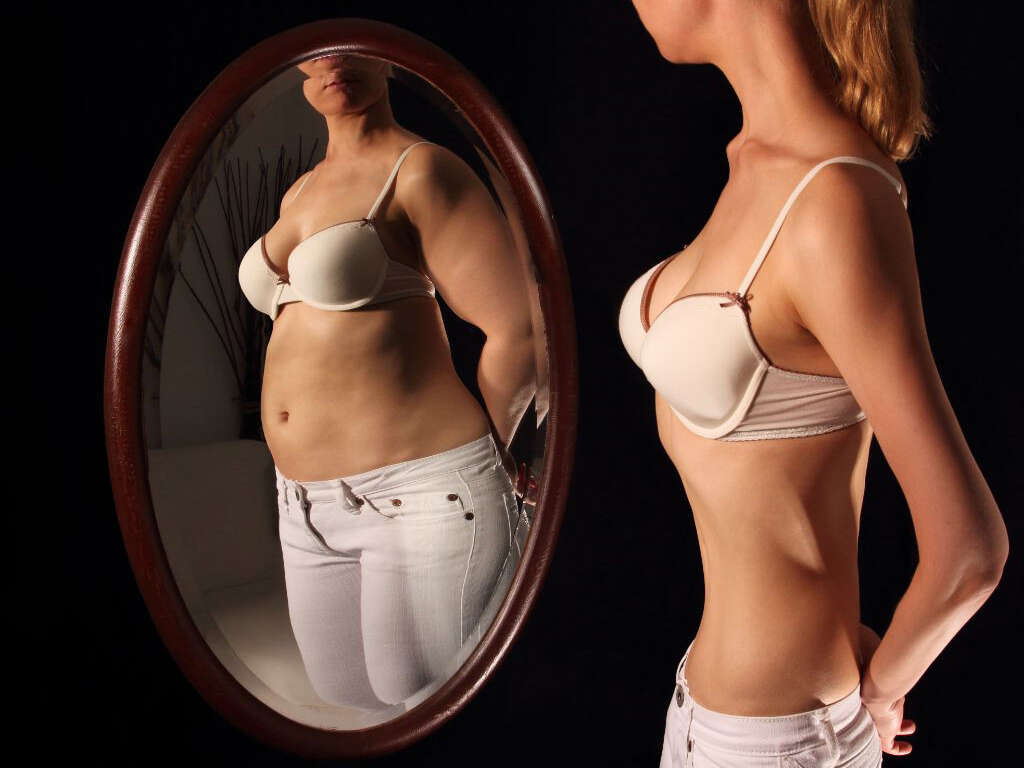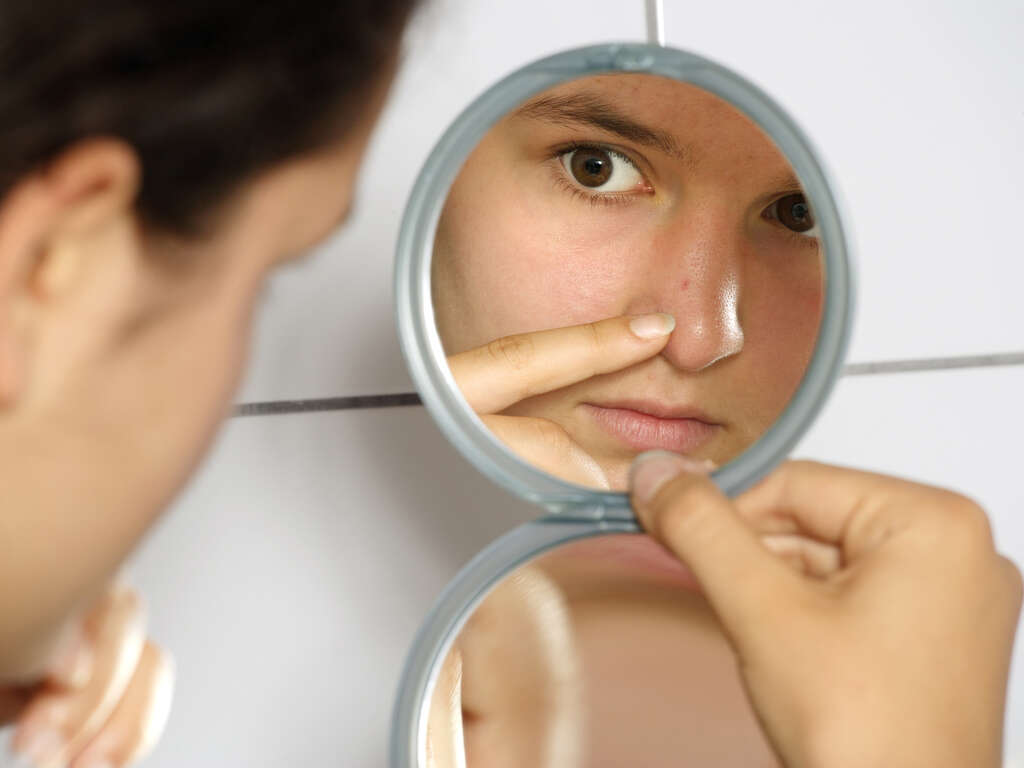What Is Body Dysmorphic Disorder?
Most of us are likely to spend some time in the mirror before we go out, especially when on a night out. We generally like to be looking at our best and this will mean grooming and wearing our best clothes. While this much is very reasonable it can get out of control in some instances, with some people becoming irrationally concerned about their appearance.
Some people can develop concerns about their appearance to an extent that it is a serious negative impact on their lives. They can find it hard to function due to anxiety over how they look and, in many cases, their concerns are completely unwarranted. One example of such a condition is body dysmorphic disorder.

1. Body Dysmorphic Disorder
Body dysmorphic disorder is a condition where the patient feels very uncomfortable about their physical appearance. It is considered to be a mental health disorder, and it can have a severe impact on the patient’s quality of life. Typical symptoms include the patient constantly thinking about perceived flaws in their appearance.
The patient’s concerns can leave them feeling extremely anxious about being around other people. They can be constantly trying to ‘fix’ their appearance and spend a lot of their time looking in mirrors and seeking reassurances from other people. Treatment is often needed in order for the patient to live a relatively normal lifestyle.

2. Causes
Body dysmorphic disorder is a condition that we know very little about. We don’t know the reasons why the condition happens, but we do know it is linked to a number of different factors. More research needs to be done to help us better understand the condition, and perhaps even to help us treat or cure it.
One factor that makes somebody more likely to develop the condition is a history of it in the family. It might also be caused by extremely traumatic experiences in relation to their physical appearance. Some studies have suggested that the condition could also be down to certain brain abnormalities.

3. Preoccupation
One of the most typical symptoms of body dysmorphic disorder is that the patient will find themselves intensely preoccupied with their appearance. Even the slightest of perceived flaws in their appearance can be the subject of intense focus for them. In many cases, other people around them won’t be able to detect any flaws at all.
The patient will also often find themselves comparing their own appearance with other peoples’ appearances, and often feel that their appearance is inferior. They can also feel as though other people pay a lot of attention to the patient’s appearance, even when they pay no notice at all.

4. Changing Behavior
Such can be the extent of the patient’s discomfort with their appearance that they can start changing their behavior to try to address their concerns. This can cause them to spend many hours in front of a mirror, and looking in mirrors at every opportunity they get. They can also spend a lot of time picking and grooming to try and improve their appearance.
Body dysmorphic disorder can also cause people to try and cover up their supposed flaws with make up and accessories. They may also try and dress in a way that helps to cover up their perceived flaws. In addition, they may be constantly asking people if they look OK in order to seek reassurance.

5. Perfectionists
Many patients will insist on having things just right, whereas others are a lot easier in regard to how things should be. While it is often a good thing to insist on high standards, it can sometimes go too far. People with body dysmorphic disorder have a tendency to be perfectionists beyond levels that are reasonable.
In their strive for perfection, patients with body dysmorphic disorder will sometimes turn to cosmetic surgery. This will end up costing considerable amounts of money in many cases. Even then, the patient will still often find themselves unhappy and insist that they need more cosmetic surgery performed.

6. Withdrawal
The constant concerns over their appearance can cause people with body dysmorphic disorder to become quite anxious about being around other people. This can cause them to withdraw socially, choosing to remain alone rather than being in the company of other people.
Such is the distress of being around other people that the patient can find their social life begins to suffer. Close relationships can become strained and friendships can drift apart. The patient can also begin to struggle at work as they find it difficult to be around other people, and to struggle to focus on their job. If you do notice that somebody appears to be withdrawing, it is wise to seek expert advice.

7. Body Parts
Body dysmorphic disorder can cause people to focus on particular body parts. It might only be one part or it can be more. The patient’s focus is also likely to switch from one body part to another at times. There are some aspects of their body that tend to be focused on more than others. Facial features are one of the most fretted over bodily features.
Nose size and wrinkles can be a problem for some, whereas acne can also be distressing for a lot of people. Many will also worry about their hair and their skin. Body size can be another problem, and many can be concerned about their muscle size. People can also get anxious over their genitalia, and some women about their breasts.

8. Complications
While body dysmorphic disorder may not result in any direct physical symptoms, it can be extremely distressing for the patient. This in itself can lead to the patient’s health suffering both physically and mentally. In the more severe cases it can pose a very real threat to the patient’s life.
Picking at the skin can lead to infections, and excessive surgery can lead to disfigurement and pain. Some patients can develop eating disorders and substance abuse can become another problem. They can also develop obsessive compulsive disorder, while anxiety disorders are a possibility. Depression is another possible symptom, and this can lead to the patient taking their own life.

9. Risk Factors
Body dysmorphic disorder can affect both males and females. In many cases, symptoms will begin to show during the patient’s teenage years. It can affect people of all ages, however. In addition to these factors, there are others that make a person more likely to develop the condition.
People that tend to be perfectionists are more likely to develop it than those that are not. A history of the condition in the family can also make it more likely, and it can be more likely for people that have had negative experiences regarding their appearance in the past. Societal expectations can also be a catalyst, and people with other mental health conditions are also in a higher risk bracket.

10. Treatment
Treatment for body dysmorphic disorder will sometimes involve medication used to help treat certain symptoms such as anti-depressants to help treat depression. In the most severe cases, the patient may be admitted to a psychiatric hospital for their own safety.
Patients with the condition will likely be asked to undergo cognitive behavioral therapy. This therapy will help patients to understand their symptoms and manage their feelings. It can also help to give them the tools they need to be able to control the condition to help them lead as normal a life as possible.










